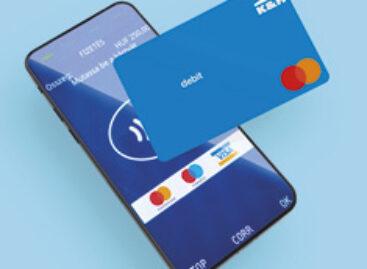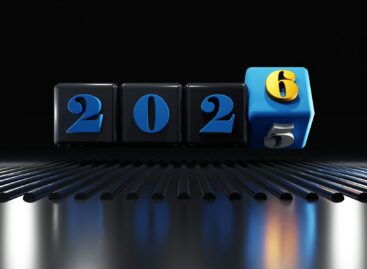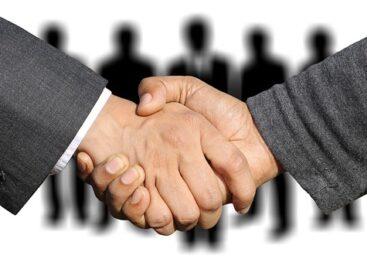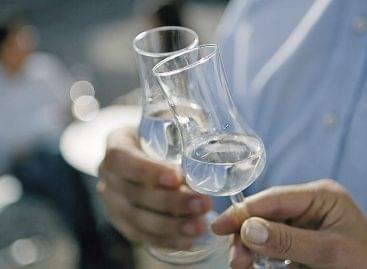Digital natives and power
In mid-September SAP organised a trade day where participants discussed the present and future of shopping. Pat Bakey, general manager of SAP’s retail division told that not only digital natives – consumers who were born into the online world – but other consumers also demand modern technological solutions in shopping. In a world of smartphones and tablets consumers have bigger power to influence the consumption process.
Mr Bakey’s view is that today commerce is present everywhere (‘omnicommerce’) and customers have to be served accordingly. They have to get the same experience in every channel. The head of SAP’s retail business admitted that there is a complex task ahead of them. 90 percent of the world’s data was generated in the last 3 years and the volume doubles every other year. In this complicated environment SAP’s mission is to offer simplified solutions to partners, which not only know and forecast customer demand but are also innovative and exciting. George Lawrie, senior researcher of Forrester informed that by using available data markets and customers can be segmented and re-segmented in many ways. He opined that these days consumers want everything instantly. Mr Lawrie thinks that the shopping experience of the future is already present in our everyday life but not everywhere. Online shops don’t make physical stores redundant because consumers discover new products in these, but they like buying online because they can ask for advice or learn about products instantly. British shoe shop chain Clarks demonstrated how they had built a complex system using the cloud-based data analysis solutions SAP Hana and SAP Cloud. With the help of this system they connect online shopping with the experience of visiting a physical store. Shopping is done using an iPad app: customers select the shoes online and choose a shop and a date for buying them. In the shop an assistant is waiting for them, also using an iPad to manage everything connected to the transaction and offering related services or products; payment is also possible without having to go to the cash register. Clarks saves GBP 30 million a year by not having to provide retailers with product samples. The representatives of SPAR also introduced the SAP solutions they use: Werner Kraus, IT manager of SPAR Business Services presented the SAP Customer Activity Repository, which is supported by the SAP HANA business intelligence system. The IT development’s goal was to create a multichannel business model that lives up to the challenges of the digital society and reaches consumers at the point of selling. There are 2,700 Spar and Hervis stores in the region and the chain looks on every shopping occasion in these units as a digital opportunity to make real-time offers to customers. World Retail Congress president Ian McGarrigle was the last speaker, who stressed the importance of retailers being emotionally attached to their customers. He told that from total retail sales in the United Kingdom 10.2 percent were realised online, which will expand to 18.9 percent by 2016. One quarter of online buying took place using mobile smartphones or tablets and by 2018 this proportion is expected to reach 52 percent.
Related news
(HU) Te leteszed legalább ma a mobilod?– Dr. Aczél Petra a FutureTalks podcastban
🎧 Hallgasd a cikket: Lejátszás Szünet Folytatás Leállítás Nyelv: Auto…
Read more >Company mobile can turn into card payment terminal
🎧 Hallgasd a cikket: Lejátszás Szünet Folytatás Leállítás Nyelv: Auto…
Read more >Shoppers like mobile messaging apps
🎧 Hallgasd a cikket: Lejátszás Szünet Folytatás Leállítás Nyelv: Auto…
Read more >Related news
2026 begins in agriculture amid crises and a wave of investment – banking focuses on the dairy and pig markets, as well as CAP investments
🎧 Hallgasd a cikket: Lejátszás Szünet Folytatás Leállítás Nyelv: Auto…
Read more >Sovereignty Protection Office: According to the public, there is no place for foreign majority ownership in strategic sectors
🎧 Hallgasd a cikket: Lejátszás Szünet Folytatás Leállítás Nyelv: Auto…
Read more >Poor fruit harvest weighs on the pálinka sector
🎧 Hallgasd a cikket: Lejátszás Szünet Folytatás Leállítás Nyelv: Auto…
Read more >








